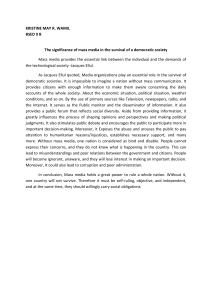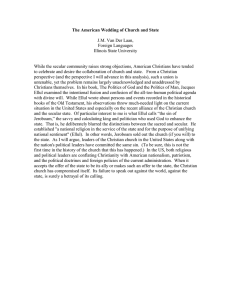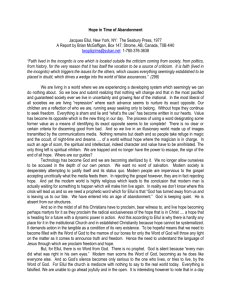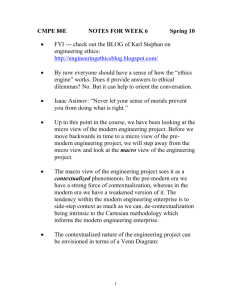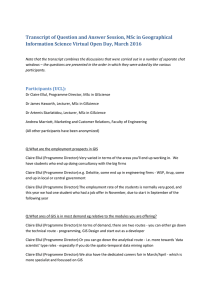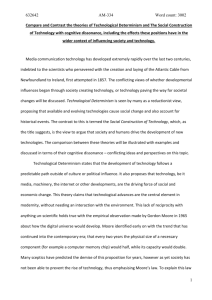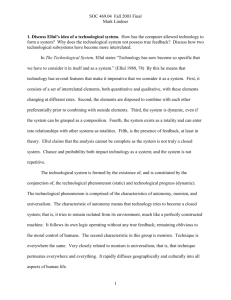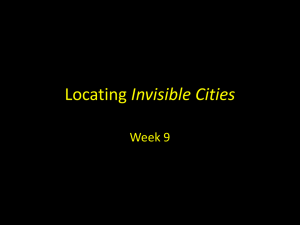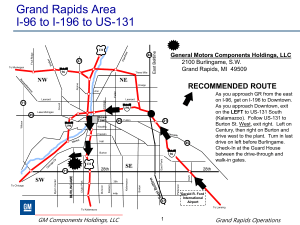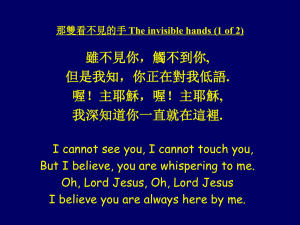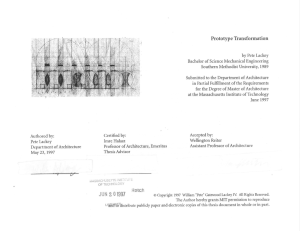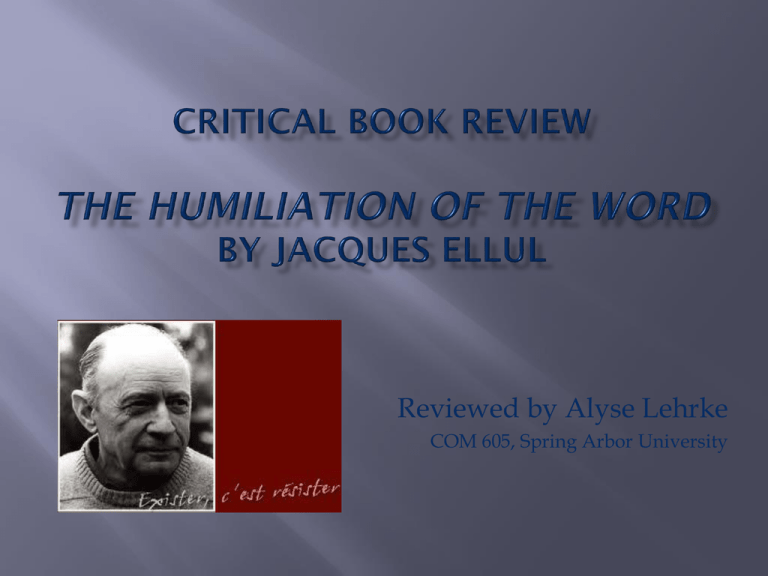
Reviewed by Alyse Lehrke
COM 605, Spring Arbor University
“Sight is spatial,” Ellul observed.
“Sound’s domain is temporal, and it
inserts us within a duration rather than
an expanse”
(Ellul, 1981/1985, p. 13).
Sight situates us in our present
reality, showing us where we are and
what surrounds us.
What we hear is fleeting as the sound
penetrates the silence.
Sight deals in reality whereas
hearing, and specifically the
spoken word, functions in the
realm of Truth.
Ellul’s main contention is that images
have subordinated language to such
an extent that reality is elevated and
truth is abandoned.
The invisible
Word reflects
the Truth of
the invisible
God.
God’s identity is revealed by His
word, just as Jesus was known by
the truth He spoke not by His
physical appearance.
“The only possible relationship with
God is based on the word, and nothing
else. This is because the biblical God
speaks, and does nothing else”
(Ellul, p. 71).
The word is intrinsically connected to
relationship as it invites a response and offers
space for dialogue - speaking and listening.
Through speaking, God invites His creation
into relationship with Himself; the word is the
essence of relationship.
Blessed are those who have not
seen and yet have believed.
~ John 20:29, NIV
Reality asserts itself in the
glorification of science and
the demand for visible
evidence as proof.
Technology teaches us the supremacy
of the image as concepts are visualized
rather than spoken.
Reality is confused with truth because
images have choked out the word, and
words have lost their meaning.
Computers and other technologies, according
to Ellul, are increasing the division between
image and word as all knowledge that cannot
be computed through technological means fall
away.
Since God exists in the realm of truth (word)
rather than reality (image), He is being
systematically excluded by a technological
reality that demands evidence as proof.
Postman (1992) stated: “The battle [Scopes
“monkey” trial] settled the issue, once and for
all: in defining truth, the great narrative of
inductive science takes precedence over the
great narrative of Genesis, and those who do
not agree must remain in an intellectual
backwater” (p. 50).
“Only this reality can be known and can thus be
the object of scientific research and true [sic]
knowledge” (Ellul, p. 219).
“Suddenly the tragic discovery was made that
words were only words, without power to act”
(Ellul, p. 155).
Disconnected from their source – the God who speaks
– words become noise, empty filler, or instrumental
tools of technology.
Ellul points to the
reconciliation of image
and word in the return
of Christ. Only then
will Truth and reality
permeate each other,
allowing image to
express truth.
As Christians, we need to
critically evaluate our use of
technology and its impact on the
communication of truth.
Dialogue and relationships have
suffered as a result of the visual and
technological “progress” that has
diminished the word.
When we value dialogue and build
meaningful relationships, we
counteract the effects of a culture
consumed by images.
“When we seek measurement over meaning, we
adopt the language of probability rather than virtue,
essentially making mathematics the preeminent route
to all knowledge, and probabilities the means of
discerning the value of human actions”
(Schultze, 2002, p. 41).
We must re-instate the
invisible elements of the
world through faith.
Knowledge that depends
on the Truth of an
invisible God; wisdom
that must be discerned
rather than measured.
We need to infuse the
word with meaning
once again. Nouwen
(1981) observed, “The
word no longer
communicates, no
longer fosters
communion, no longer
creates community, and
therefore no longer
gives life” (pp. 38-39).
As Christians in a technological world, our aim is
not to avoid images or technology but to elevate
truth, God’s Truth; to speak a word connected to
His Word; and to put our hope in the return of
Christ rather than the false promises of
technology.
Ellul, J. (1985). The Humiliation of the Word (J. Main
Hanks, Trans.). Grand Rapids, MI: William B.
Eerdmans Publishing. (Original work published 1981)
McKibben, B. (2006). The age of missing information. New
York, NY: Random House.
Nouwen, H. J. M. (1981). The way of the heart: Connecting
with God through prayer, wisdom, and silence. New York,
NY: Ballantine Books.
Postman, N. (1992). Technopoly: The surrender of culture
to technology. New York, NY: Vintage.
Schultze, Q. J. (2000). Communicating for life: Christian
stewardship in community and media. Grand Rapids, MI:
Baker Academic.
Schultze, Q. J. (2002). Habits of the high-tech heart: Living
virtuously in the information age. Grand Rapids, MI:
Baker Academic.

